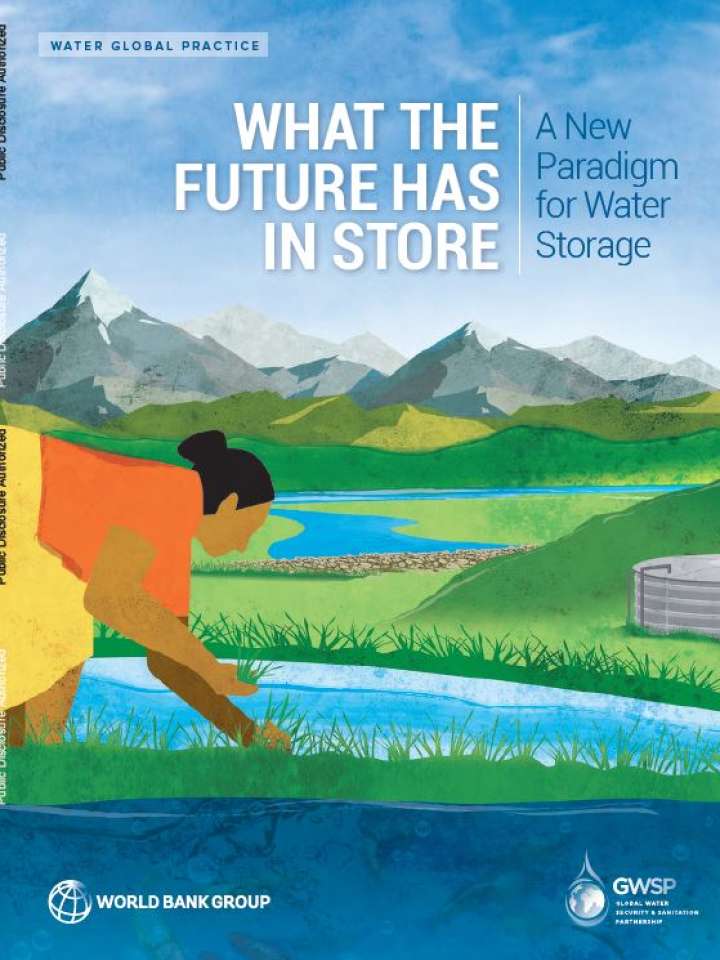What the future has in store: a new paradigm for water storage
This report unpacks the importance of water storage, recent trends in the availability of storage, and sets forth a new integrated planning framework to guide water managers through a problem-driven and systems-oriented process to understand the options available to them to meet their water security goals and how the different forms of water storage can be part of the solution. Storing water is a critical part of water security, and the societal response to hydrological variability. Water storage increases the amount of water available for human, environmental, and economic use, reduces the impact of floods, and provides a variety of ancillary services such as hydropower and navigation by regulating water flows. Today, the societies, economies, and the environment depend on a web of natural and built water storage.
However, as global demand for freshwater use increases and climate change is bringing profound changes to the water cycle, thus increasing our need for storage, the amount of net storage available is decreasing. The natural water storage systems that people have historically relied upon - glaciers, wetlands, soil moisture - are in decline or being disrupted. At the same time, investments in built storage have not kept pace with population growth, and though society is adding new reservoirs and other types of water retention structures, per capita reservoir storage is in decline due to sedimentation and lack of maintenance. These trends add up to a growing water storage gap that must be tackled to enable a water-secure world for all. The new approach proposed by this report fits within broader Integrated Water Resources Management with a focus on concurrent joint planning. Finally, the report lays out the conceptual shifts that are required to meet this mounting challenge and provides case studies from different countries where integrated approaches to planning and operating water storage investments have been tried with success.
Explore further
